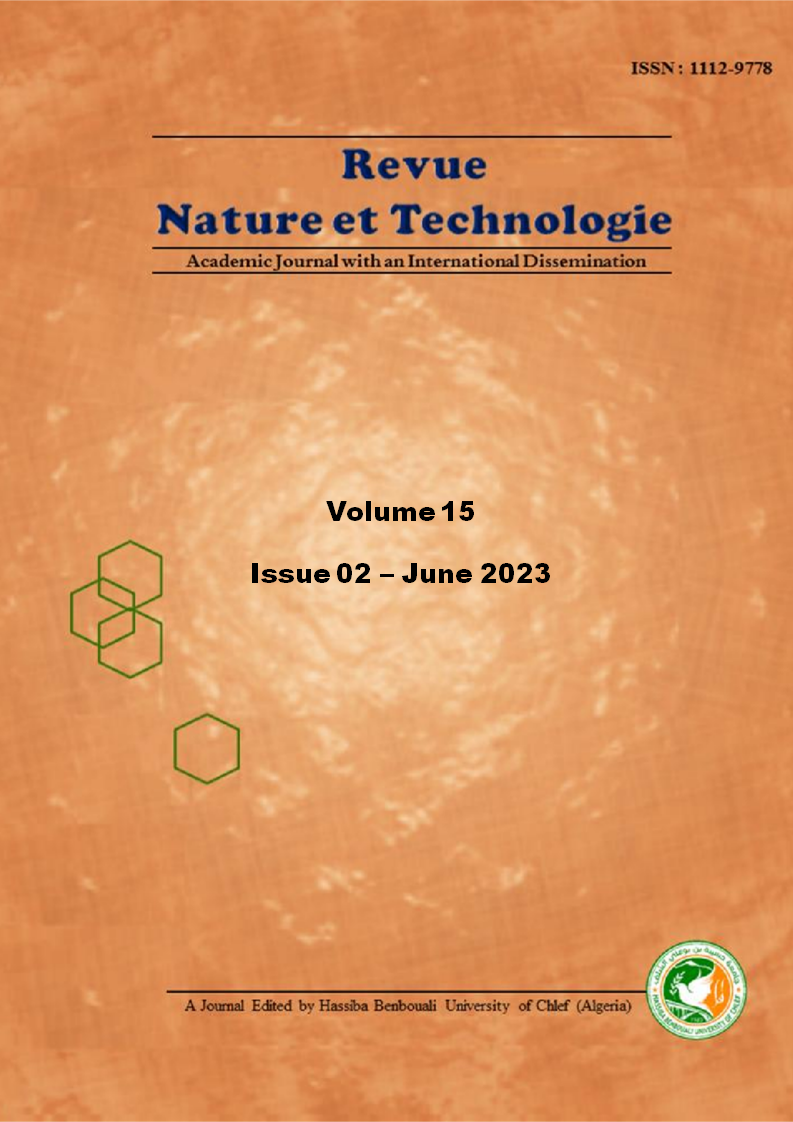Effect of incorporating cassava peel flour on the physico-chemical and nutritional quality of hens' eggs"ISA BROWN"
Abstract
The substitution of maize in poultry feed by the incorporation of cassava peel meal is mainly aimed at reducing the production cost of the feed while covering all the nutritional requirements of the hens. This study highlights the nutritional composition of eggs from hens fed a feed containing cassava peel meal. Specifically, the effects of incorporating cassava peel meal at increasing rates on the nutritional value of the hens' eggs were assessed, and subsequently, the presence of hydrocyanic acid in these eggs from the peel was investigated. The meal is incorporated at rates of 0 %, 10 %, 20 % and 30% respectively into chicken feeds. Proximal analyses are performed on 30 eggs from each feed. These eggs contained (7.7-8.4 g/100g) fat, (11.87-12.8 g/100g) protein, (2.2-2.8 g/100g) carbohydrate, (0.3-0.4 g/100g) fiber and (0.83-0.89 g/100g) ash. These contents are similar to those of chicken eggs in general, regardless of the level of incorporation, and the hydrocyanic acid content is almost zero.

Downloads
Published
How to Cite
Issue
Section
License
Copyright (c) 2023 Nature & Technology Journal

This work is licensed under a Creative Commons Attribution 4.0 International License.
- All publications of "Nature & Technology Journal" are available under CC-BY Creative Commons Attribution 4.0 International which allows sharing, copying, reproduction, distribution, communication, reuse, adaptation by all means, in all formats and under all licenses.
- Any exploitation of the work or derivative works, including for commercial purposes, is possible. The only obligation is to credit the creators of the authorship of the original works, to indicate the sources and to indicate if modifications were made to the works (obligation of attribution).
This License gives:
- Nature & Technology Journal the right to develop, promote, distribute and archive the article set cited above (including, without limitation, the right to publish the work in whole or in part in any form whatsoever) and ensure the widest dissemination.
- The author (s) reserves the right to use all or part of this article, including tables and figures of his own works, providing that the appropriate recognition is given to the publisher as the holder of the copyrights, and the right to make copies of this article for its own use, but not for sale.




